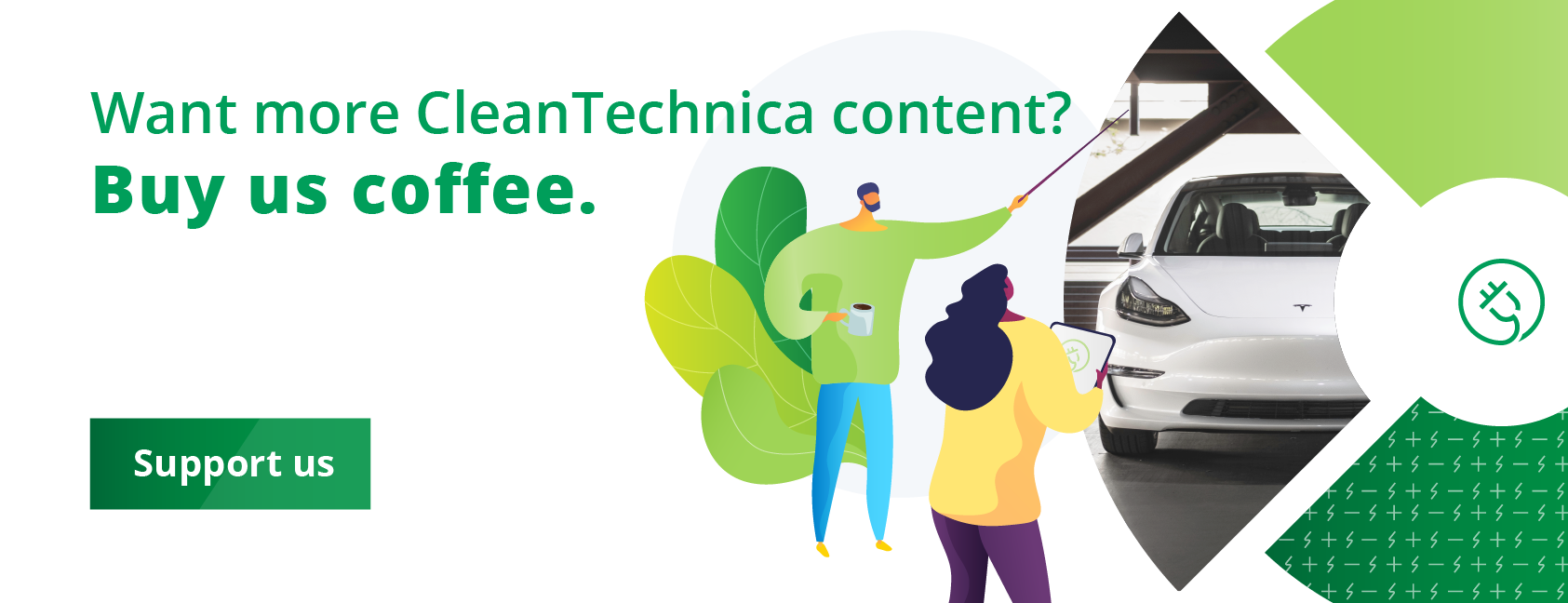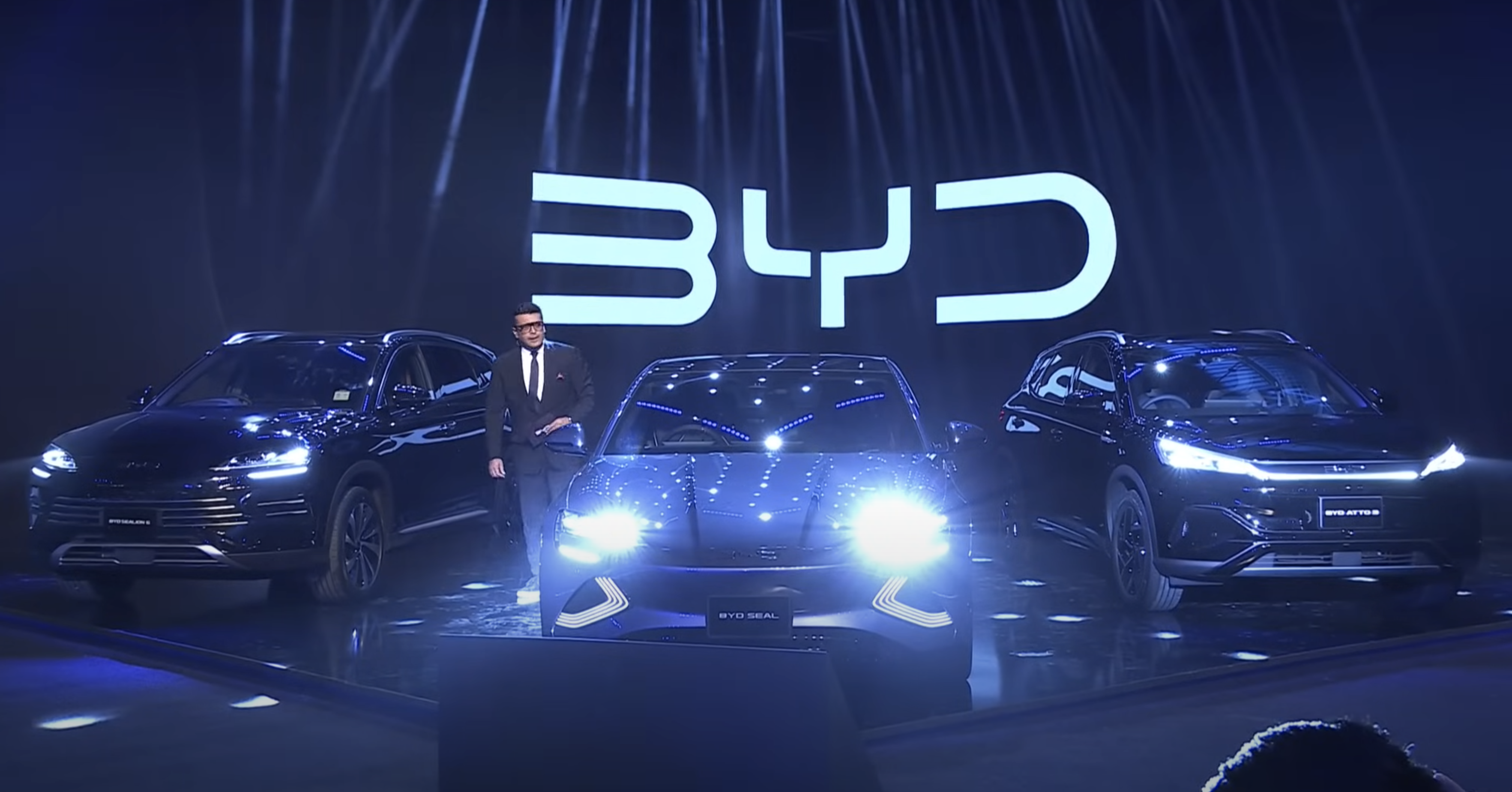
EV charging reliability has become a significant problem in the industry, causing frustration and inconvenience for drivers. According to some sources, at least 1 in 5 charging attempts by EV drivers fail, highlighting the widespread issue of reliability in the EV charging network. While a failed charging attempt is usually solved by unplugging and re-plugging, or moving to another stall, there are some rare cases where a driver can get stranded in a small town. And when stalls are down, wait times climb to painful levels.
Criticism (much of it deserved, but some of it highly exaggerated) has been aimed at Electrify America the most, but the wider problem of reliability for CCS charging of all kinds is becoming more and more well-known. The problems with CCS infrastructure in the U.S. have even led to a number of manufacturers abandoning the standard.
In response, charging providers have been announcing that they intend to add NACS plugs to future stations, but people aren’t dumb. It’s not necessarily the plug itself that’s the problem. People know that putting a Tesla plug on an otherwise terrible charging station isn’t going to solve the problem. It’s lipstick on a pig.
This leaves other providers in a tough spot. If they don’t want to fail and watch Tesla’s charging network become a monopoly, they need to step up and improve their reliability, and at the same time restore their reputation with the public.
ChargePoint Has A Plan To Get This Right
A couple days ago, ChargePoint reached out to tell me about its plan to make things right with EV drivers and move the EV transition forward. I can’t tell readers whether it will work, but I do want to share the details and speculate on them a bit.
The plan is to leverage technology from the networking and information security domains to achieve charging station reliability close to 100% upon full implementation. This will be complemented by natural language processing, improved driver communications, and a training certification for electrical contractors.
The centerpiece of the plan is a new Network Operations Center (NOC). The facility staff will continuously monitor stations, utilize predictive analytics and applied machine learning to quickly identify station downtime. This will enhance charger uptime and enable faster incident response. The NOC is designed to scale rapidly alongside the ChargePoint network, which currently has over 243,000 active charging ports and roaming partners.
ChargePoint designs and develops integrated hardware and software to create an efficient ecosystem. This enables seamless communication between charging stations and the NOC. Through rapid notifications, ChargePoint promptly alerts station owners about any issues, allowing for accelerated maintenance and repairs on their behalf.
Natural language processing is important because they don’t want to rely on a customer phone call or e-mail to identify problems. They’re going to feed the NOC’s computers data from other sources, including social media mentions, to alert the staff to potential problems that they wouldn’t have found as quickly manually. Rapid identification and diagnosis of issues allows for 24-hour response and subsequent remediation action for ChargePoint Assure Pro customers. This enables remote diagnosis and quick remediation of charging station hardware issues. Integration of predictive analytics helps resolve certain issues before they are even noticed by charging station owners.
But, all of the monitoring in the world can’t help you if the station didn’t get installed correctly to begin with. EV drivers often encounter bad installations that damage cables and lead to frequent malfunctions, and ChargePoint wants that to stop happening. So, they’re going to implement a certification process for electrical contractors to prove that they know how to get it right before they get hired. This certification is supposed to go live in 2024.
They’re also not going to play any games with station uptime metrics. ChargePoint measures station uptime based on the amount of time each charging port can dispense energy, reflecting the experience of drivers seeking a charge. Unlike some of their competitors, they don’t average the uptime across multiple stalls or measure it at the site-level. Currently, ChargePoint says they achieve an average uptime of approximately 96% across the public network in North America and Europe. Additionally, ChargePoint Assure customers benefit from a guaranteed annual station uptime of 98%.
But, they admit that 96-98% isn’t good enough. The goal is to get it as close to 100% as they possibly can.
“Accessible, reliable EV charging plays a critical role in the ongoing shift to electric mobility, and our Network Operations Center is prepared to ensure reliability at scale in support of EV adoption.” said Rick Wilmer, Chief Operating Officer at ChargePoint. “We believe that our methodology of calculating uptime is the most transparent in the industry, and the most relevant to drivers which provides us with the necessary benchmark to build upon. We are improving the charging experience across the entire ecosystem – network, installer, site host, and app user – to ensure every driver who needs a charge has the best possible charging experience.”
Dealing With Bad Station Owners
In my experience, ChargePoint has been a decent charging provider, but some of the businesses ChargePoint has worked with in the past are pretty terrible. Sometimes, whether a station gets repaired comes down to whether the station’s owner wants to spend money on repairs. Sadly, many short-sighted business owners choose to delay repairs or abandon stations altogether.
One great example of this is a broken station at Petrified Forest National Park. I don’t know who exactly owns the station. The park’s staff told me it’s owned by a private concessioner, but that could either be the non-profit that runs the gift shop there or the food concessioner. But, whoever owns the thing, they haven’t repaired it since it went down in 2019. ChargePoint doesn’t own the station, so they can’t do anything about it now.
But, they’ve been encouraging station owners to sign up for service contracts since then. According to the company’s representative, 60% of owners are now on a service plan that fixes broken stations and that’s a number they want to increase over time.

Will This Work?
I honestly would love to tell readers that this will fix everything, but I honestly don’t know that for sure. But, I don’t see how any of this will hurt. Proactive monitoring, quick repairs, and better installations are definitely a damned good start. Getting station owners to commit up front to repairs through a service plan would fix most of the problems I’ve seen a ChargePoint stations.
The final question now is one of implementation. If they do this right and get a repair crew out quickly when something goes wrong, they could achieve Tesla-level reliability and perhaps even beat them. But, it has to be done right, and only time will tell us whether they do that.
Featured Image: A broken charging station at Petrified Forest National Park. Photo by Jennifer Sensiba.
I don’t like paywalls. You don’t like paywalls. Who likes paywalls? Here at CleanTechnica, we implemented a limited paywall for a while, but it always felt wrong — and it was always tough to decide what we should put behind there. In theory, your most exclusive and best content goes behind a paywall. But then fewer people read it! We just don’t like paywalls, and so we’ve decided to ditch ours. Unfortunately, the media business is still a tough, cut-throat business with tiny margins. It’s a never-ending Olympic challenge to stay above water or even perhaps — gasp — grow. So …




